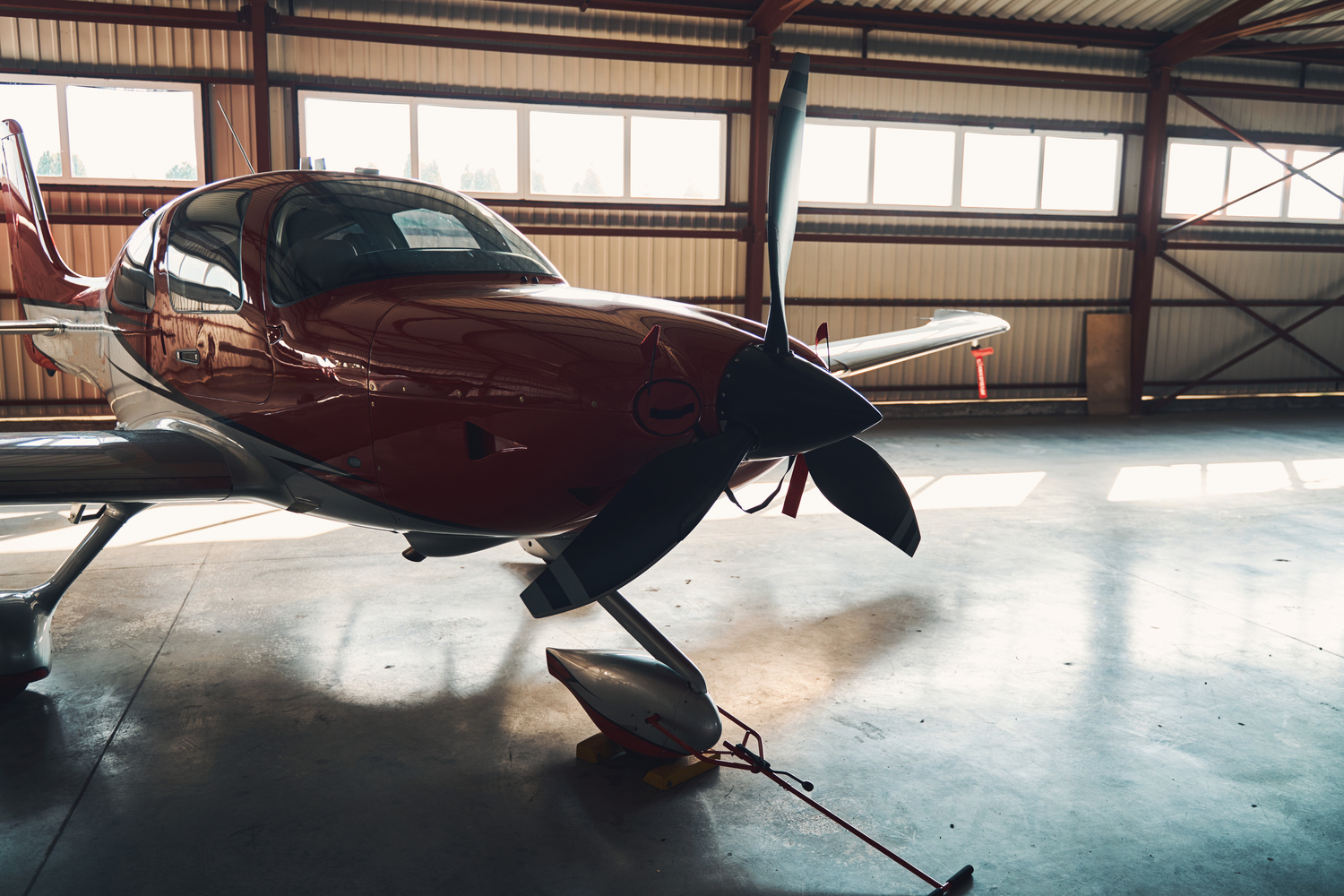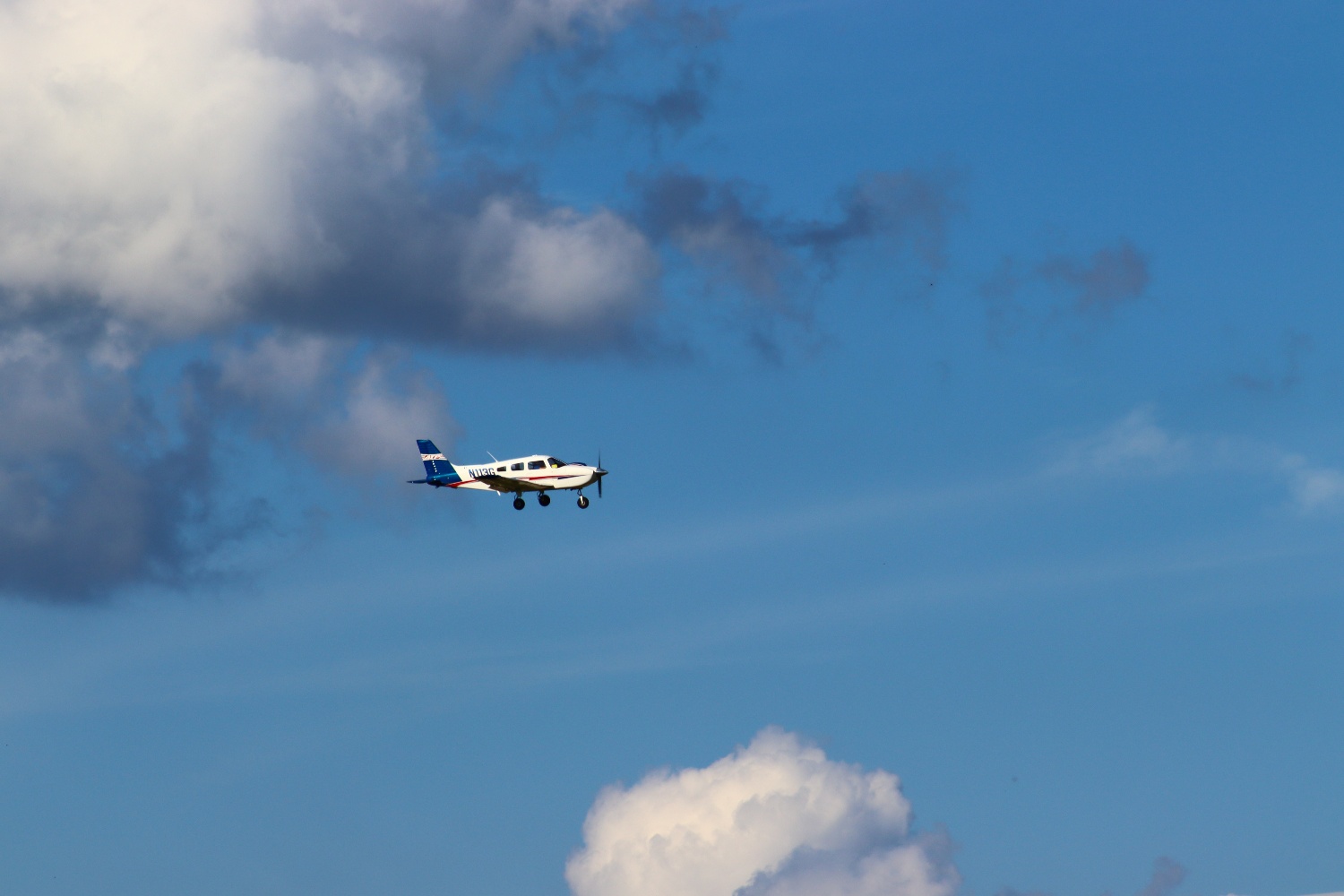Flying in Thunderstorms: The Risks and Precautions
Thunderstorms are more than just a spectacle of nature; they are a significant concern for aviators. These storms, characterized by towering cumulonimbus clouds, heavy rain, and violent turbulence, can also produce hail, rapid icing conditions, and strong winds capable of causing significant damage to the aircraft and posing a serious risk to flight safety.
The sheer power of thunderstorms is a testament to the forces of nature, and understanding these phenomena is crucial for any pilot.
The Dangers of Thunderstorms

Surprising Breadth
Thunderstorms can be concealed by other weather phenomena like rain or fog, making them a hidden danger. Pilots must be aware that severe conditions often exist in and around the thunderstorm, extending several miles from the visible storm. These conditions can catch pilots off guard, leading to dangerous situations.
Flying over a thunderstorm can be as dicey as flying through one. Thunderstorms can reach heights of over 50,000 feet, well above the cruising altitude of most small aircraft. The updrafts in a thunderstorm can rapidly carry an aircraft to altitudes it's not equipped to handle, resulting in a loss of control. This fact is often overlooked, leading to risky decisions.
Post-storm Dangers
The danger from a thunderstorm doesn't end when the rain stops. The downdrafts and outflows from a thunderstorm can create hazardous wind shear conditions several miles from the storm, even in areas where the sky appears clear. Pilots often underestimate this post-storm danger, creating unexpected challenges for the duration of a flight.
Turbulence, Hail, and Icing
While getting struck by lightning is often considered the greatest threat to aircraft in a thunderstorm, modern aircraft are designed to withstand lightning strikes. The real danger lies in the severe turbulence, hail, and potential for rapid icing that can occur within a thunderstorm.
Turbulence can exceed an aircraft's structural limits, leading to potential catastrophic failure. Even pilots of large commercial aircraft, built to withstand considerable stress, avoid flying into thunderstorms due to these risks. The violent updrafts and downdrafts within a storm can toss an aircraft around, making it challenging to control.
Understanding Airframe Icing
Airframe icing is a significant hazard in thunderstorms. Ice can build up on the wings, tail, and other surfaces of an aircraft, altering its aerodynamics and making it harder to control. This icing can occur rapidly in a thunderstorm, leaving pilots little time to react.
Types of Ice
There are three types of ice that can form on an aircraft: clear ice, rime ice, and mixed ice. Each has different characteristics and poses unique challenges for pilots.
- Clear ice is glossy and transparent, forming when supercooled water droplets hit the aircraft and slowly freeze.
- Rime ice is rough and opaque, forming when droplets freeze quickly upon impact.
- Mixed ice is a combination of clear and rime ice that can form in varying weather conditions.
Effects on Flight Characteristics
Ice buildup can have a significant impact on an aircraft's flight characteristics. It can increase the aircraft's weight and drag, reducing its performance and fuel efficiency. It can also decrease lift, leading to a higher stall speed. Furthermore, ice can disrupt airflow over the wings and tail, reducing control effectiveness and making the aircraft harder to handle.
The Perils of Airframe Icing
One of the most notable accidents attributed to airframe icing occurred in 1994 involving an American Eagle ATR-72 flight. The aircraft was in a holding pattern, waiting for clearance to land at Chicago O'Hare International Airport, when it began experiencing icing conditions. Ice accumulated on the wings, disrupting the airflow and causing a loss of control. The aircraft tragically crashed, resulting in the loss of all 68 people on board.
This accident underscored the dangers of airframe icing and led to significant changes in aviation regulations and aircraft design. It highlighted the importance of adequate de-icing equipment and the need for pilots to avoid icing conditions whenever possible.
This tragic event serves as a stark reminder of the hazards associated with flying in adverse weather conditions, particularly those that can lead to airframe icing. It underscores the need for pilots to be well-versed in recognizing and responding to the onset of icing conditions.
Anti-icing Mechanisms
To combat icing, many manufacturers equip aircraft with anti-icing or de-icing systems. These systems are crucial for maintaining aircraft performance and safety in icy conditions.
Heated Leading Edges
One common anti-icing mechanism is heated leading edges. These systems use hot air from the aircraft's engines to heat the leading edges of the wings and tail, preventing ice from forming.
Inflatable Boots
Inflatable boots are another common de-icing mechanism. These rubber boots are installed on the leading edges of the wings and tail. When ice forms, the boots inflate to crack the ice, which is then blown away by the airstream.
Chemical De-icing Systems
Chemical de-icing systems spray anti-icing fluid on the aircraft's surfaces to prevent ice from forming. Typically, pilots use these systems on the ground before takeoff, but some aircraft also have in-flight chemical de-icing systems.
Strategies for Navigating Thunderstorms
Avoidance
The best strategy for handling the threat of thunderstorms is avoidance. Pilots can often navigate around thunderstorms using onboard weather radar systems and information from air traffic control. This strategy is the safest and most effective way to deal with thunderstorms.
Canceling a flight or performing a safe landing at an alternate airport is always preferable to flying into extreme weather conditions. The inconvenience of a flight canceled due to bad weather pales in comparison to the perils hiding in and around severe thunderstorms.
Parallel Navigation
When avoidance isn't possible, pilots should try to fly parallel to the storm's track until an escape route is available. This strategy can help pilots stay clear of the most severe conditions while minimizing the time spent near the storm. As with avoidance, pilots employing a parallel navigation strategy should accept that diverting to an alternate airport is a possible — and maybe even advisable — outcome.
Thunderstorms present a high-risk situation that pilots should avoid whenever possible. By understanding the facts and respecting the power of these storms, pilots can ensure they navigate safely in thunderstorm-prone conditions. Knowledge of airframe icing and anti-icing mechanisms is also crucial for maintaining aircraft performance and safety in icy conditions.
Share this
You May Also Like
These Related Articles

Decoding Why General Aviation Pilots Stop Flying

The Top IFR Mistakes: Flying VFR With an Instrument Rating
